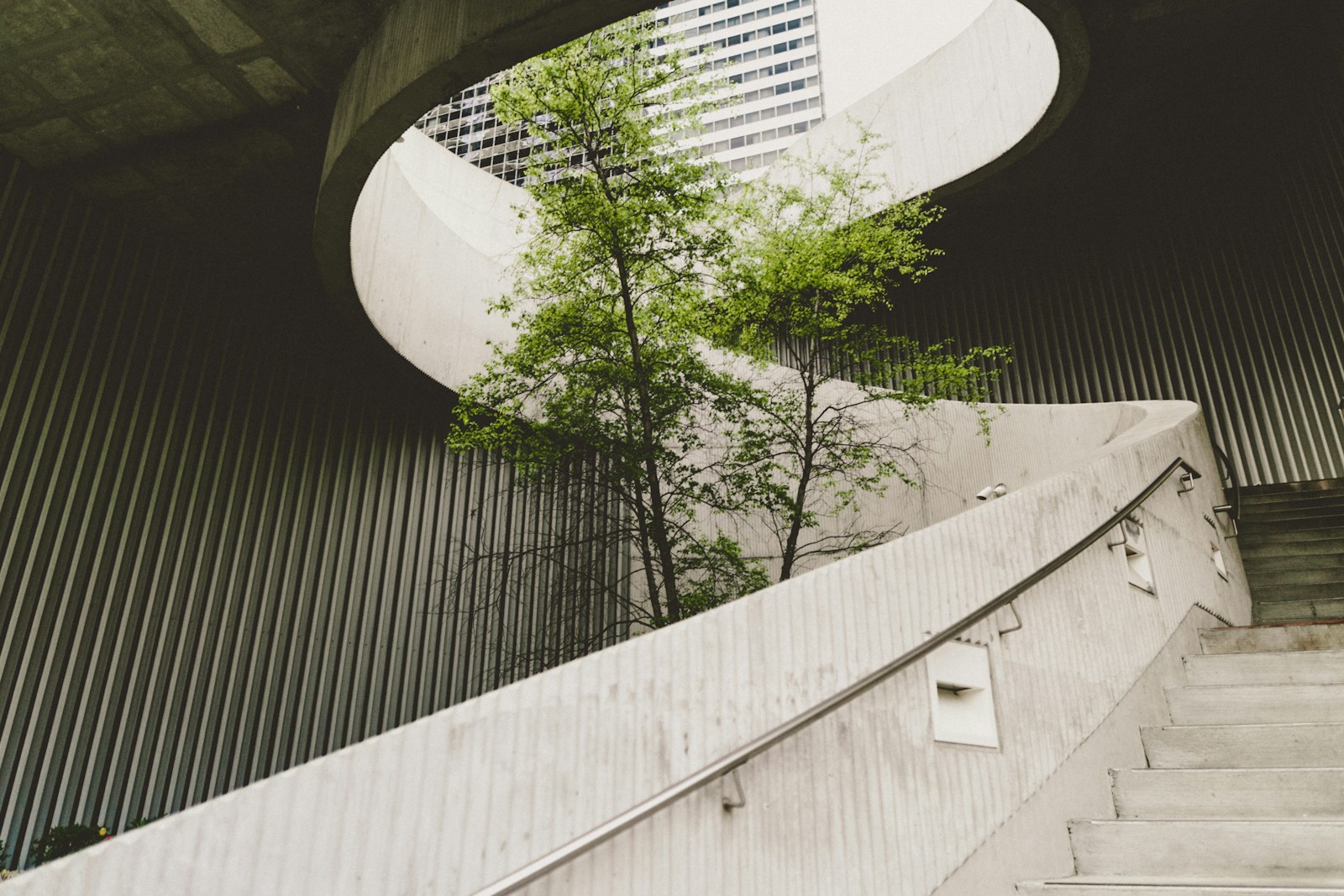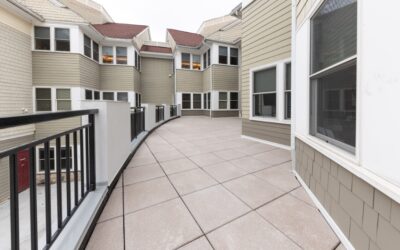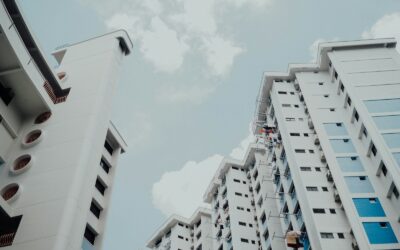Are you interested in sustainable architecture for your next commercial construction project? Keep reading to learn how it’s done.
Why Sustainable Architecture Matters in Today’s Built Environment
Sustainability is no longer a niche interest or a passing trend in commercial construction; it has become a fundamental component of modern building practices. With growing concerns about climate change and rising energy costs, the way we design and construct buildings carries significant weight. As commercial builders, we have a responsibility to create structures that not only serve our clients’ needs today but also contribute positively to the environment for decades to come. This means a commitment to reducing carbon emissions while maximizing long-term building performance and operational efficiency.
By embracing sustainable principles, we can deliver facilities that are more cost-effective to operate, healthier for occupants, and better for the planet.
What Sustainable Buildings Really Look Like Today
When people hear the term sustainable buildings, they might picture futuristic designs, but the reality is more practical and integrated. Today’s sustainable commercial properties are defined by smarter systems, healthier indoor environments, and highly energy-efficient layouts. These are not just structures; they are holistic systems designed for optimal building performance and longevity.
Our design team approaches these projects by embedding sustainability into the earliest planning stages. This ensures that every decision, from site selection to material choice, supports the project’s environmental goals. This forward-thinking approach to modern design is not only environmentally friendly but also a strategic investment in future growth and resilience.
Sustainable Architecture in Commercial Construction
In a commercial setting, sustainable architecture is about creating spaces that are efficient, responsible, and aligned with a client’s business objectives. It influences everything from the initial architectural design to the final details of construction. Our design process involves close collaboration with sustainable architects who specialize in creating high-performance buildings.
Together, we ensure that sustainability is woven into the fabric of the structures we build. This means prioritizing environmentally friendly materials, optimizing building orientation to harness natural light, and integrating systems that lead to reduced carbon emissions. The result is a building that functions better, costs less to run, and reflects a commitment to corporate responsibility.
The Foundation of Sustainable Design
The principles of sustainable design guide our work across every sector, including senior living, healthcare, education, hospitality, and commercial properties. These principles are not abstract ideas but practical sustainability strategies that produce tangible results. The core focus is on minimizing a building’s negative environmental impact throughout its entire lifecycle.
This involves a careful analysis of energy consumption, finding ways to reduce reliance on fossil fuels through efficient design and renewable sources. We also prioritize responsible water usage by implementing conservation technologies. Finally, we make conscious choices about natural resources, selecting materials and methods that are renewable, recycled, and locally sourced whenever possible.
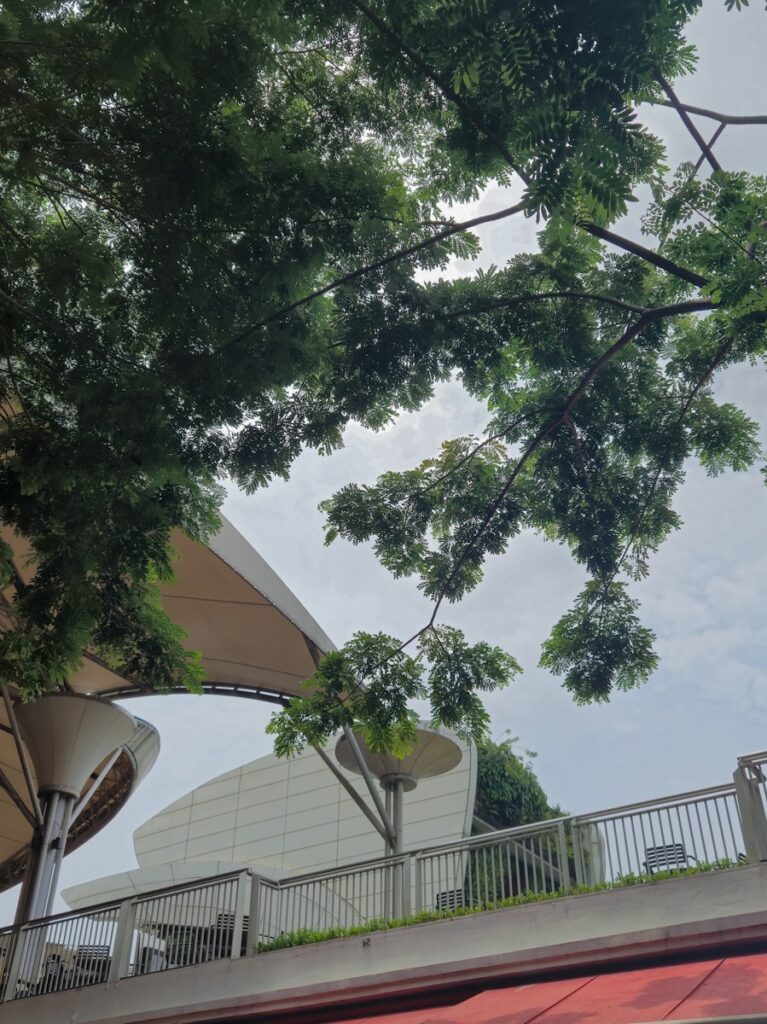
Photo by Lula Wanitama on Unsplash
Building Materials That Support Sustainability
The materials used in a construction project are critical to its environmental footprint. We focus on specifying materials that are durable, efficient, and responsibly sourced.
Natural & Recycled Materials
We prioritize the use of natural and recycled materials to reduce waste and improve environmental performance. Materials like reclaimed wood, recycled steel, and natural insulation not only divert waste from landfills but also often require less energy to produce. This approach helps reduce the building’s embodied carbon—the total greenhouse gas emissions associated with its construction.
Innovative Sustainable Materials Emerging in the Industry
The global construction world is constantly advancing, and new materials are emerging that offer enhanced sustainability without compromising safety or compliance. Our team continuously evaluates innovative options like self-healing concrete, advanced composite materials, and low-VOC paints and finishes. At South Coast Improvement Company, we carefully vet these materials to ensure they meet our rigorous standards for performance, safety, and regulatory compliance.
Energy-Saving Solutions for Commercial Properties
Integrating energy-saving solutions is one of the most effective ways to create a sustainable commercial property. We help clients incorporate renewable energy sources, high-performance insulation, and smart building systems to dramatically reduce operational costs.
Using Renewable Energy in Sustainable Building Projects
Renewable energy sources like solar, geothermal, and wind are key to achieving long-term energy savings and independence. We work with clients to assess the feasibility of these systems for their specific site and needs, designing solutions that provide clean, reliable power for years to come.
Incorporating Solar Panels Into Commercial Construction
Solar panels are a popular and effective way to generate on-site electricity. They can be seamlessly incorporated into new ground-up builds or added during major renovations. By harnessing the power of the sun, solar panels help businesses reduce their reliance on the grid and move closer toward net zero emissions.
Design Choices That Improve Energy Efficiency
Strategic design choices can have a massive impact on a building’s energy consumption. Simple yet effective decisions regarding building layout, window placement (glazing), envelope upgrades, and high-efficiency HVAC system design can significantly cut energy costs and improve occupant comfort.
Sustainable Water Usage & Rainwater Harvesting Systems
Water is a precious resource, and its efficient use is a cornerstone of sustainable building, particularly in water-intensive environments like healthcare facilities, senior living communities, and educational campuses. We help clients implement a range of solutions to optimize water usage and reduce waste.
These options include:
- Rainwater harvesting systems to collect and store rainwater for non-potable uses like irrigation.
- Low-flow fixtures and toilets that reduce water consumption without sacrificing performance.
- Greywater recycling systems that treat and reuse water from sinks and showers for landscaping.
- Smart sensors on faucets and irrigation systems to prevent unnecessary water use.
Urban Design and Community Impact
Sustainable architecture extends beyond a single building to influence the broader community. Thoughtful urban design can help address complex environmental challenges and create healthier, more resilient cities. By focusing on how buildings interact with their surroundings, we can foster stronger communities.
Our experience with university campuses, affordable housing projects, and mixed-use developments has shown us how sustainable design can promote walkability, encourage public transit use, and create vibrant public spaces. These projects support managed growth while enhancing the quality of life for everyone.
The Role of Recycled Materials and Waste Reduction
Minimizing waste is a crucial part of the construction process. We implement strategies to reduce, reuse, and recycle materials at every stage of a project. This includes demolition recycling, where materials from existing structures are salvaged for new use, and efficient material ordering to prevent excess.
We also use modular solutions and prefabricated components to reduce on-site waste. Materials like concrete, metal, and drywall are sorted and sent to recycling facilities. This commitment not only protects natural resources but also can lead to significant project cost savings.
How Sustainable Practices Improve Building Health and Safety
A sustainable building is a healthier building. By focusing on indoor environmental quality, we create spaces that enhance the well-being and productivity of occupants. This is especially important in the healthcare and senior living sectors, where we have a strong reputation for prioritizing resident and patient safety.
Key health benefits include:
- Improved air quality through advanced filtration systems and the use of low-VOC materials.
- Better daylighting from strategic window placement, which is proven to boost mood and productivity.
- Safer materials that are free from harmful chemicals and toxins.
- Enhanced long-term operational safety through thoughtful design and robust systems.
Partnering with Sustainable Architects, Engineers, and Environmental Experts
Delivering a truly sustainable project requires a collaborative, multidisciplinary approach. We bring together a team of dedicated experts to ensure every aspect of the project is optimized for performance and sustainability.
Our partners include:
- Environmental engineering teams who assess site conditions and guide regulatory compliance.
- Sustainable architects who lead the design with a focus on efficiency and innovation.
- MEP (Mechanical, Electrical, Plumbing) specialists who design high-performance building systems.
- Renewable energy consultants who identify the best clean energy solutions.
- BIM (Building Information Modeling) and modeling experts who use technology to visualize performance and prevent conflicts.
This blend of expertise ensures we identify opportunities, solve challenges, and create better outcomes for our clients.
Sustainability in the Design-Build Process
Our integrated design-build model is ideal for delivering a sustainable building. Because we serve as a single point of accountability, sustainability is embedded in every step of the construction process, from initial project planning and budgeting to design, construction, and post-construction support.
This unified approach ensures that sustainability goals are not lost between different teams. We can make cost-effective decisions early on, ensuring that crucial systems are designed for maximum efficiency and that the final building performs as intended.
Achieving Net Zero: What Businesses Should Know
Achieving net zero—where a building produces as much renewable energy as it consumes—is a growing goal for many businesses. The path toward net zero involves a series of practical steps that property owners can take to drastically reduce their carbon footprint.
Key steps include:
- Comprehensive envelope upgrades to improve insulation and reduce air leakage.
- Installation of high-efficiency mechanical systems for heating, cooling, and ventilation.
- Integration of on-site renewable energy, such as solar panels.
- Strategies for reducing operational emissions through smart controls and monitoring.
Our team helps clients navigate this journey, whether they are aiming for a specific certification like LEED or simply looking to meet new regulatory standards set by green building councils.
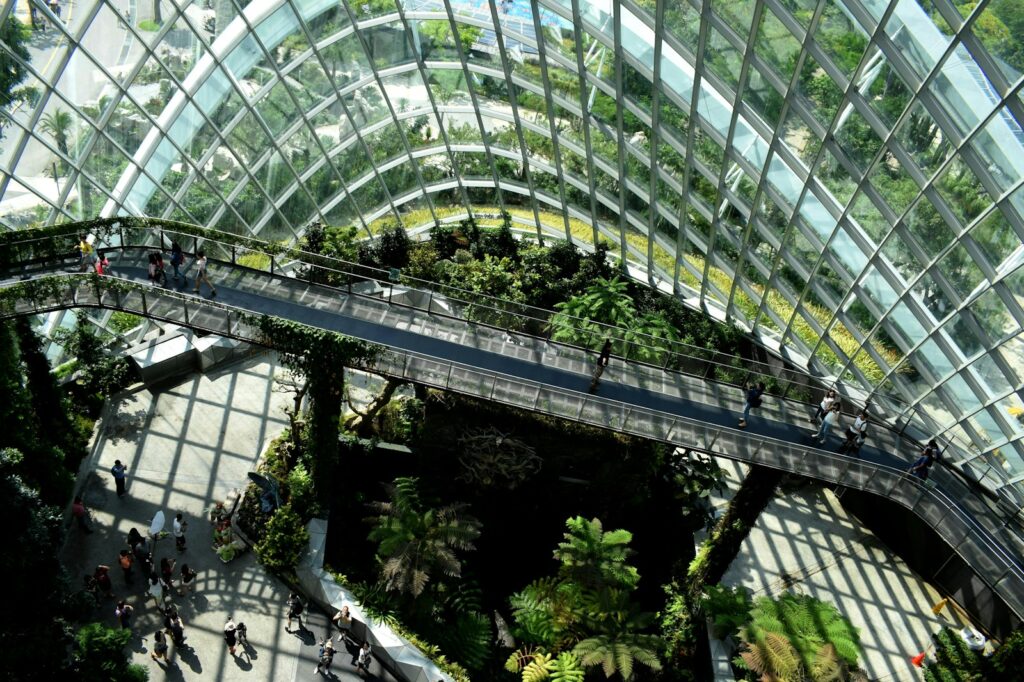
Photo by Paula Prekopova on Unsplash
Sustainable Architecture Isn’t Just the Future — It’s What We’re Building Now
Sustainability has become a core part of how we approach commercial construction, and I take real pride in helping clients create spaces that perform better, last longer, and operate more efficiently. When we bring green architecture and building sustainable architecture principles into a project, we’re not just checking a box — we’re using smart sustainable strategies and thoughtful natural materials to maximize efficiency and long-term value.
Whether you’re renovating a senior living community, upgrading a healthcare facility, modernizing a school for students, or planning a new commercial development, we work alongside the major players in design and engineering to move the concept of sustainable construction into real-world progress. Every project gives us the ability to meet growing industry demand, support meaningful research, and deliver buildings that make a positive impact now and for years to come.
Our team is here to help you explore sustainable alternatives that truly deliver. Let’s build something better together.
View Our Work
The Overlook – Masonic Health System
"We’re honored to have partnered with The Overlook on this transformative initiative. Our team brought specialized expertise in working within occupied senior living communities, delivering a seamless renovation that aligns with The Overlook’s exceptional standards of...
Hamilton Wenham
Their team was collaborative, responsive, and committed to our shared vision for this space, -Eric Tracy Superintendent, Hamilton-Wenham Regional School District We partnered with the Hamilton-Wenham Regional School District to deliver a brand-new athletic building...
